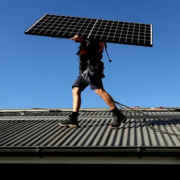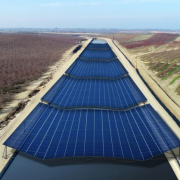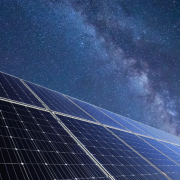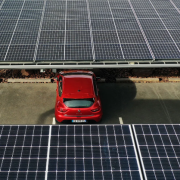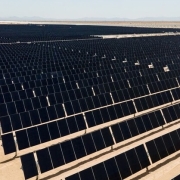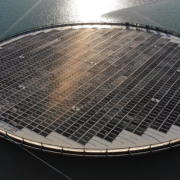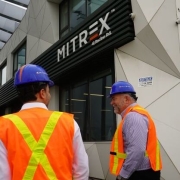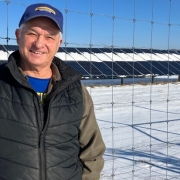Australia’s rooftops now boast 20 gigawatts of solar panels and will soon have the capacity to produce more electricity than the country’s entire coal industry, according to the industry consultancy SunWiz.
Almost one in three Australian households have solar photovoltaics – or solar panels – the highest penetration in the world. Queensland had the highest share of solar panels installed on dwellings deemed suitable for the technology with an 82% penetration, ahead of South Australia’s 78%, New South Wales’ 51% and Victoria’s 43%.
The take-up of solar PV has quickened. It took about 11 years for Australia to reach its first 10GW of capacity, while the second 10GW took just four years, according to SunWiz.
Click here to read the full article
Source: The Guardian
—
If you have any questions or thoughts about the topic, feel free to contact us here or leave a comment below.

